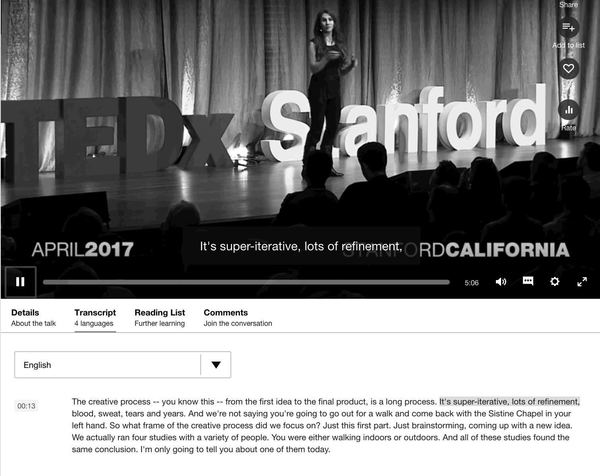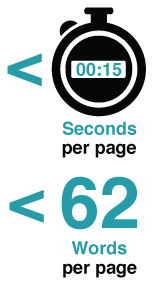Accessibility Basics
When someone asks if your site is accessible, just what do they mean?
Imagine your frustration if you buy a book, take it home, and open the bag, just to find you aren't able to open the book. In short, that book is inaccessible to you.
The good news is that by making your site accessible, you're helping, not only those with disabilities, but all your visitors at the same time!
Simply put, there are four basic guidelines for accessibility:
Perceivable
Anyone must be able to get information from a site. This can mean anything from providing transcripts and captions on videos (for those who cannot hear) to making sure the site can be navigated without a mouse (for those with physical limitations). All content must be available in more than one format.

Perceivable Content ...
- Provides transcripts and captions for non-text items. Warning: Relying on YouTube's automated video captioning is not sufficient.
- Provides alternative text for images.
- Is easily readable.
Operable
Visitors with special access needs operate websites and apps using any number of assistive tools; many are not able to use a mouse, so developers need to make sure they can use the site with their keyboard alone. Likewise, many users, including those with low cognitive abilities, must be able to operate the site without time limitations or other blocks.
Operable Content ...
- Is logically ordered for screen readers.
- Allows moving parts to be paused, stopped, or hidden.
- Has easily understandable link text.
- Is organized by headings and subheadings.
Understandable
Quickly read the following paragraph and then try to figure out how much you understood and remembered:

The critic Edmund Wilson was not a self-conscious letter writer or one who tried to sustain studied mannerisms. Nor did he resort to artifice or entangle himself in circumlocutions. the young, middle-aged, and old Wilson speaks directly through his letters, which are informal for the most part and which undisguisedly reflect his changing moods. On occasion-in response, perhaps, to the misery of a friend or a public outrage or a personal challenge-he can become eloquent, even passionate, but that is not his prevailing tone.1
Visitors rarely read an entire page, let alone an entire site. Text like this makes it nearly impossible for the average person to quickly read and understand the author's message.
Understandable Content ...
- Is clear and concise.
- Explains acronyms or jargon.
- Provides images or graphics to add value to text.
Robust
How many people use the same browser, computer, or operating system as you? Visitors tend to come from any number of technologies. Developers need to make sure their code supports as many technologies as possible so all visitors can use the site.
1 Source: Challenge Really Hard but Short Reading Passages??
Stopwatch Image Source: Do People Read Your Content? 6 Facts about Reading Online